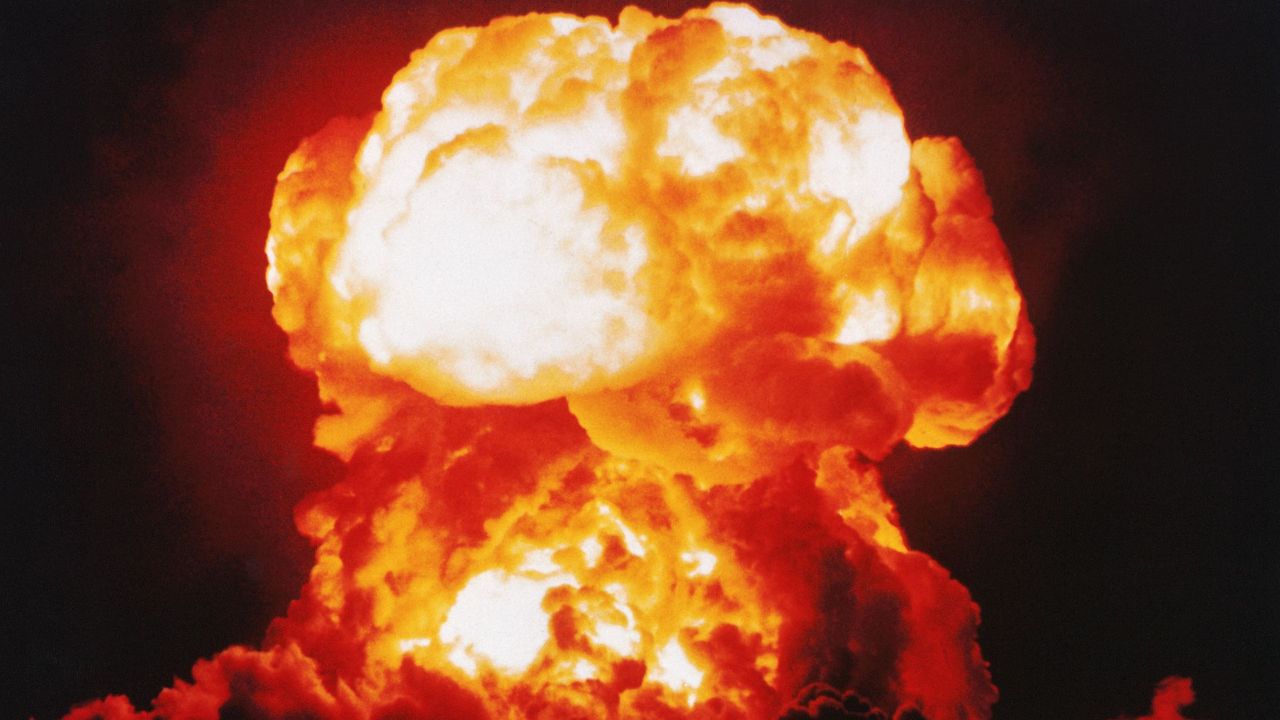Cracks emerge in nuclear command and control

House Speaker Nancy Pelosi said in a letter to members on Friday that she's spoken to the Joint Chiefs of Staff Chairman Mark Milley about preventing President Trump from accessing the nuclear codes.
Why it matters: Pelosi's message surfaced an uncomfortable reality about America's nuclear control structure: if the president wants to use nukes, there is no clear way to stop him.
What's happening: In her message, Pelosi mentioned discussing "available precautions" around Trump and the nuclear codes.Reality check: Such precautions do not exist.
- As Slate's Fred Kaplan — the author of a recent book on nuclear weapons control — wrote on Friday, "the nuclear command-control system was designed to allow the president, and only the president, to launch nuclear weapons as quickly as possible."
Be smart: For all the destructive power of nuclear weapons, a different factor dictates America's command and control structure: their speed.
- Absolute presidential control of the nuclear arsenal was solidified in part out of the realization that the speed of nuclear war would not allow for lengthy debates.
- If a U.S. president were alerted that ICBMs were inbound from Russia, there might be as few as 10 minutes to decide whether to retaliate before the missiles reached their destination.
- That time pressure doesn't exist in the case of an American first use of nuclear weapons. But as an unprecedented Senate hearing in 2017 made clear, while protocol calls for the president to consult with several officers and officials before launching nuclear weapons, "the president has no obligation to take the officers' advice," Kaplan wrote.
Flashback: President Obama reportedly weighed ruling out first use of nuclear weapons in a conflict, but never went through with it.
- Sen. Edward Markey drafted a bill in 2019 blocking the president from launching a first strike without congressional consent, but it never went to a vote.
The bottom line: The power to use the most devastating weapons ever devised rests in the president's hands.